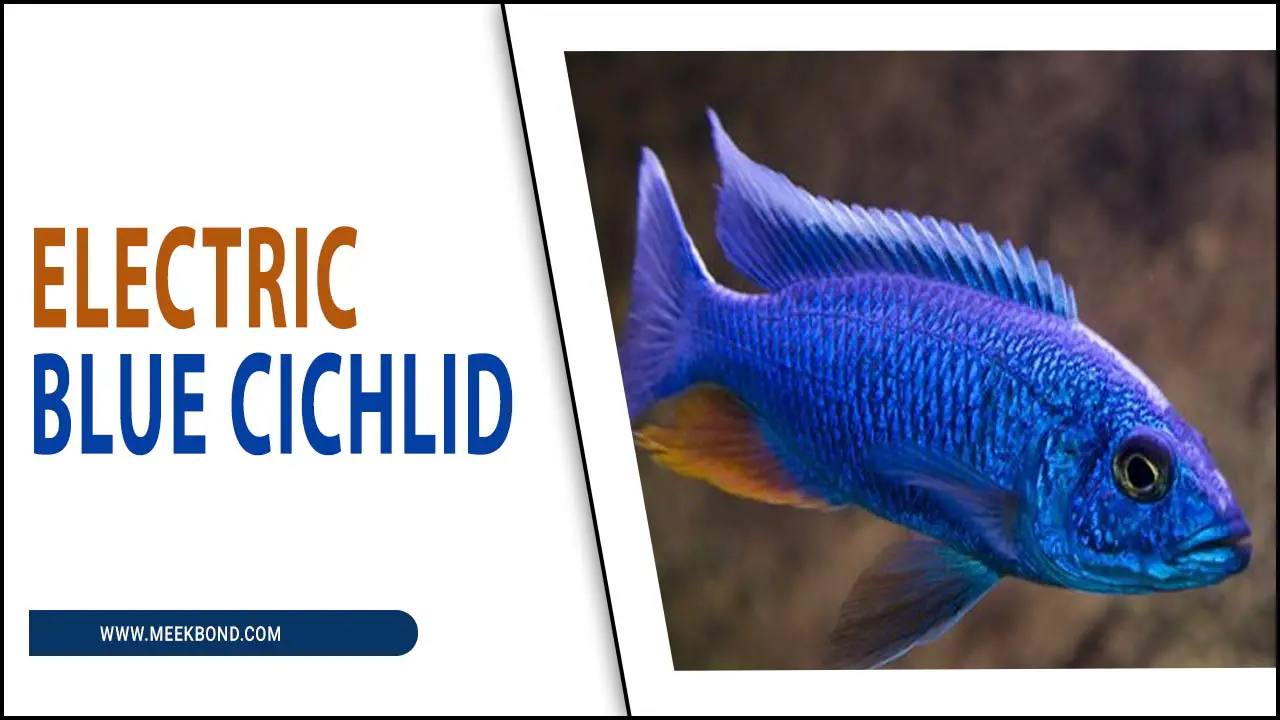As aquarium enthusiasts, we all strive to provide the best possible environment for our beloved fish. From the right type of tank to the ideal water parameters, we constantly strive to recreate their natural habitat in our own homes.
However, one crucial factor that is often overlooked is the temperature of the water. Each fish species has its own specific temperature requirements, and one species that requires careful consideration is the Panda Cory (Corydoras panda).
Here, We’ll also dive deeper into the impact of water temperature on panda corys and what the optimal water temperature should be to ensure their well-being. So let’s get started on enhancing your fish’s health by maintaining the right temperature! We’ll also discuss panda cory temp.
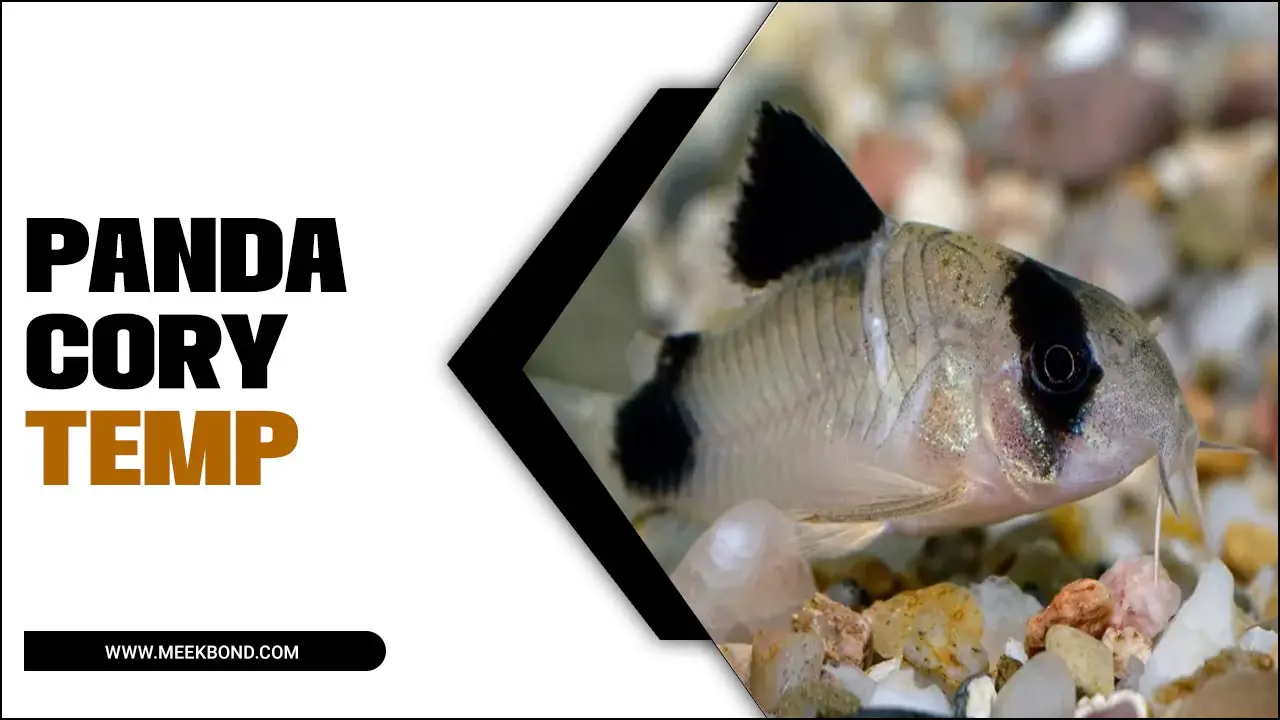
About Panda Cory Fish

Panda Cory Fish are a captivating species found in aquariums. Maintaining the right temperature is crucial for their health and well-being. Fluctuations can cause stress, illness, and even death. Investing in a quality aquarium heater and thermometer ensures a stable environment.
Additionally, it’s important to monitor water quality, provide suitable substrates like gravel or sand, and incorporate natural decorations like driftwood. Feeding them a balanced diet and following proper care guidelines will keep Panda Cory Fish thriving in your aquarium.
Origin And Habitat Of Panda Cory
The Panda Cory, also known as the Panda Catfish or Panda Corydoras, is a popular freshwater fish native to South America. Specifically, it is found in the Amazon River basin and its tributaries in Peru. This small catfish species is popular for its striking black-and-white coloration, which resembles that of a panda bear, hence its name.
Regarding habitat, Panda Corys are typically found in slow-moving rivers and streams with sandy or gravelly bottoms. They are bottom-dwelling fish and have adapted to thrive in these environments by developing specialized barbels around their mouths, which help them locate food particles in the substrate. Overall, the origin and habitat of the Panda Cory make it a fascinating and visually appealing addition to any freshwater aquarium.
Enhance Fish Health: Maintaining Panda Cory Temp
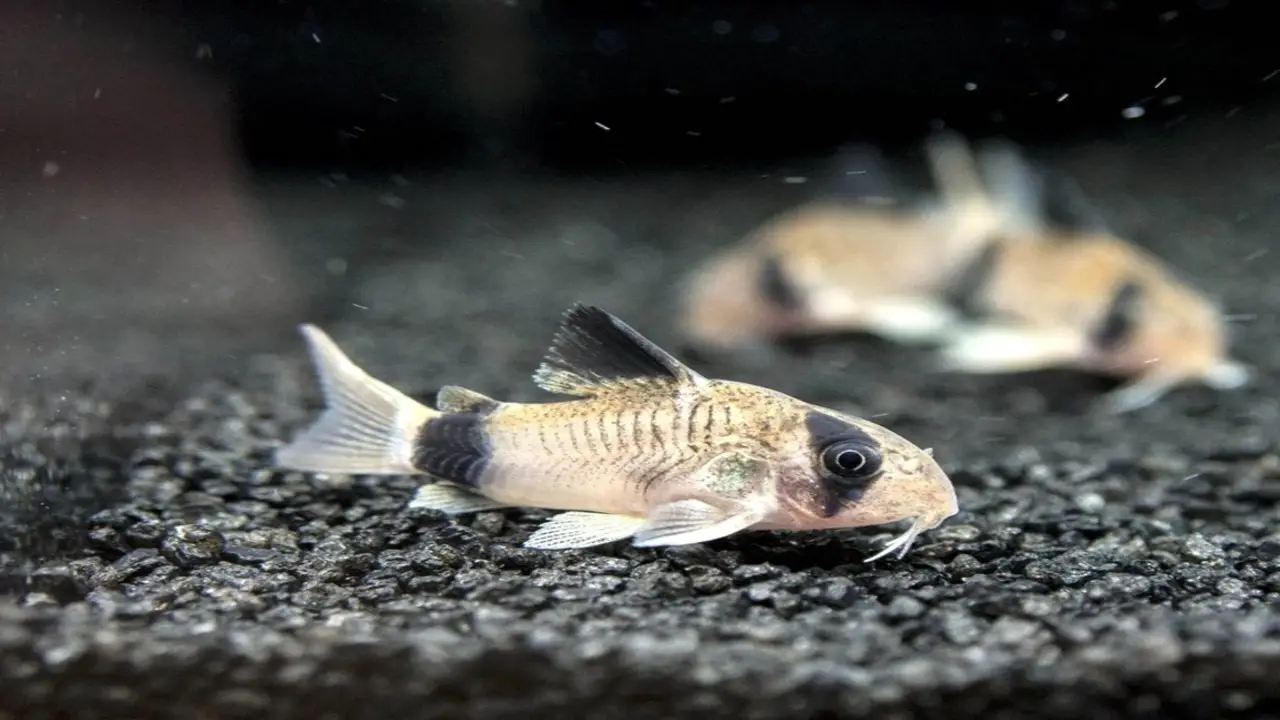
Maintaining the optimal temperature range is paramount for the health and well-being of the Panda Cory, a popular aquarium fish species. Fluctuations in water temperature can cause stress, illness, and even death. Keeping the temperature between 72-78°F (22-26°C) is recommended to ensure the fish’s vitality.
Investing in a quality aquarium heater and thermometer is essential to maintain a stable temperature. By regulating the water temperature within the preferred range, fish enthusiasts can create a comfortable and thriving environment for their Panda Corys, promoting their overall health and happiness. Scroll down to get details on Panda Cory temp.
Physical Attributes And Identification
Panda Corydoras, or Panda Corys, are small freshwater catfish popular among aquarium enthusiasts. They have a distinct black-and-white coloration that resembles that of a panda, which is where they get their name. Panda Corys have a stocky body shape, rounded snout, and small mouth. They typically grow to be around 2 inches long and have a 3-5 year lifespan.
One of the key physical attributes of Panda Corys is the black mask-like marking on their eyes, which gives them a unique appearance. Additionally, they have two rows of bony plates along their sides, which protect and help regulate their buoyancy in the water. The distinctive coloration and physical attributes make Panda Corys easy to identify and an attractive addition to any aquarium setup.
Ideal Tank Setup For Panda Cory
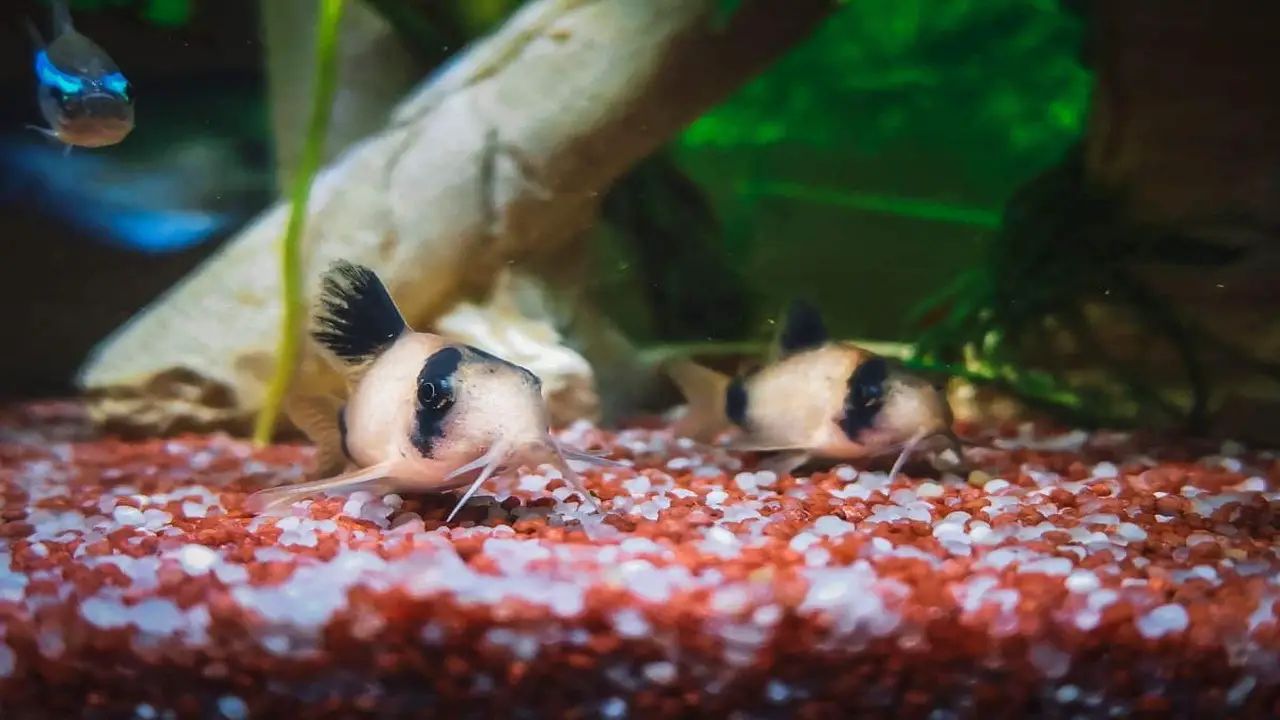
Creating an ideal tank setup for panda cory fish is essential to their health and well-being. These small, peaceful fish thrive in a well-maintained aquarium that mimics their natural habitat. By creating an optimal tank setup for panda corys, you can ensure they thrive and display their natural behaviors in your aquarium. Here are some key factors to consider when setting up a tank for Panda Cory:
Tank size: Panda corys are active swimmers and prefer larger tanks with plenty of swimming space. A minimum tank size of 20 gallons is recommended to accommodate a small group of these fish.
Substrate: Choose a soft substrate like sand or fine gravel, as panda corys enjoy digging and sifting through the substrate in search of food.
Filtration: Good water quality is crucial for panda corys. Invest in a reliable filtration system that provides gentle water flow without creating strong currents.
Lighting: Panda corys prefer subdued lighting conditions, so use low to moderate-intensity lights in the aquarium.
Plants and hiding spots: Provide plenty of hiding spots and vegetation for panda corys to feel secure. They will appreciate live plants like Java moss or Anubias and caves or driftwood for shelter.
Suitable Tank Size
Providing the right tank size is crucial for their well-being when keeping a panda cory in captivity. These small freshwater fish are active swimmers and require enough space to move around comfortably. A suitable tank size for panda cory is typically around 10-20 gallons.
This gives them ample swimming space and enough room for a small school of these adorable fish. It’s important to remember that overcrowding can lead to stress and health issues, so provide an appropriate tank size for your panda corys to thrive.
Importance Of Water Parameters
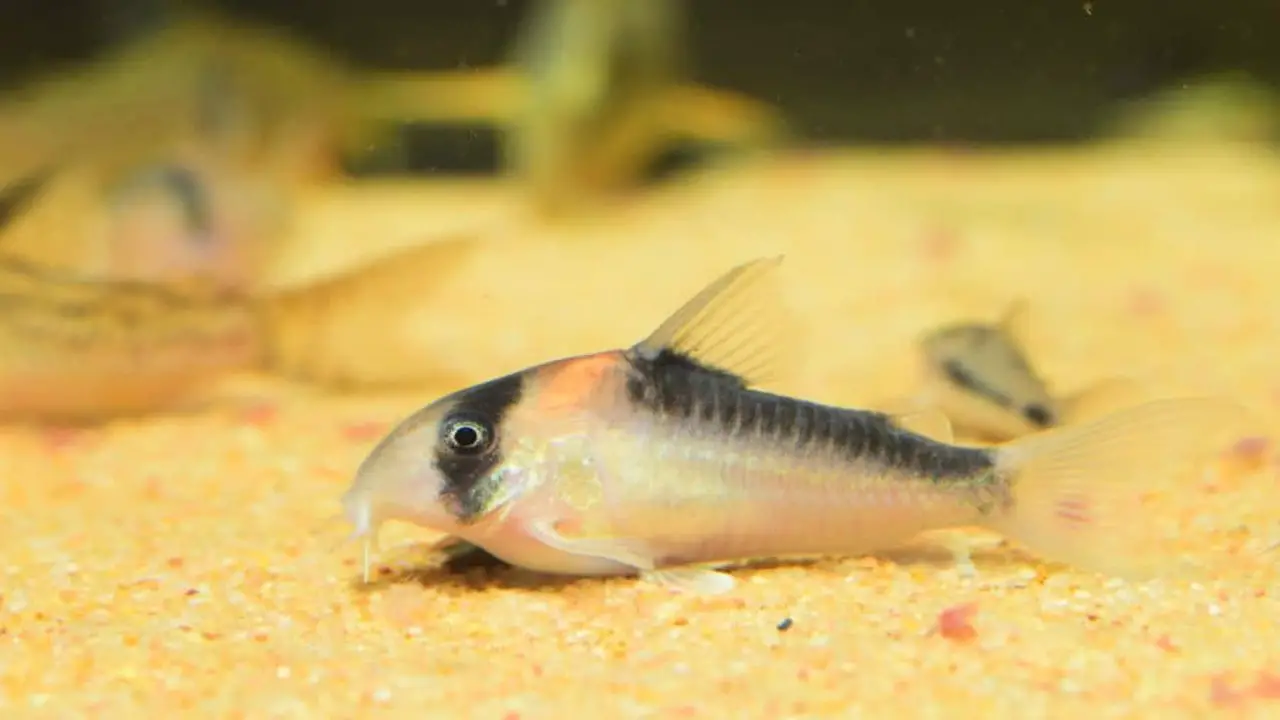
Maintaining proper water parameters is crucial for the health and well-being of panda cory fish. These small, peaceful freshwater fish are native to South America and require specific conditions in their aquarium. It is important to monitor and regulate factors such as temperature, pH level, ammonia, nitrite, and nitrate levels to ensure a healthy environment for panda cory fish.
Temperature should be kept between 72-78 degrees Fahrenheit, pH level should be around 6.0-7.5, and ammonia, nitrite, and nitrate levels should be kept at zero or very low. Regular water testing and maintenance are essential to prevent stress and disease in these adorable little fish.
Substrate Options
Panda Corys thrive when provided with a soft, sandy substrate that mimics their natural habitat. Suitable substrate options include fine gravel, sand, or a combination of both. It is important to avoid using sharp or rough substrates that can cause harm to the fish’s sensitive barbels.
The substrate depth should be at least 2-3 inches to accommodate their burrowing and foraging behaviors. Additionally, incorporating live plants into the substrate creates a more natural environment for the Panda Corys. This combination of substrate options and live plants helps to create an ideal living space for these fascinating catfish.
Aquarium Decorations And Plant Life
Adding live plants to your aquarium enhances the aesthetic appeal and provides shelter and oxygen for your Panda Cory fish. These plants create a more natural environment, mimicking their natural habitat. On the other hand, artificial decorations serve as hiding places for your fish and add visual interest to the tank.
When choosing decorations, ensure they are fish-friendly and won’t harm your Panda Cory or disrupt the tank’s water chemistry. Additionally, substrate choice is crucial for maintaining tank health. Fine sand or smooth gravel is ideal for Panda Cory fish, allowing them to forage and burrow comfortably. Remember to always maintain proper water parameters, including pH and temperature, for the overall health of your fish.
How Does Water Temperature Impact Panda Cory?
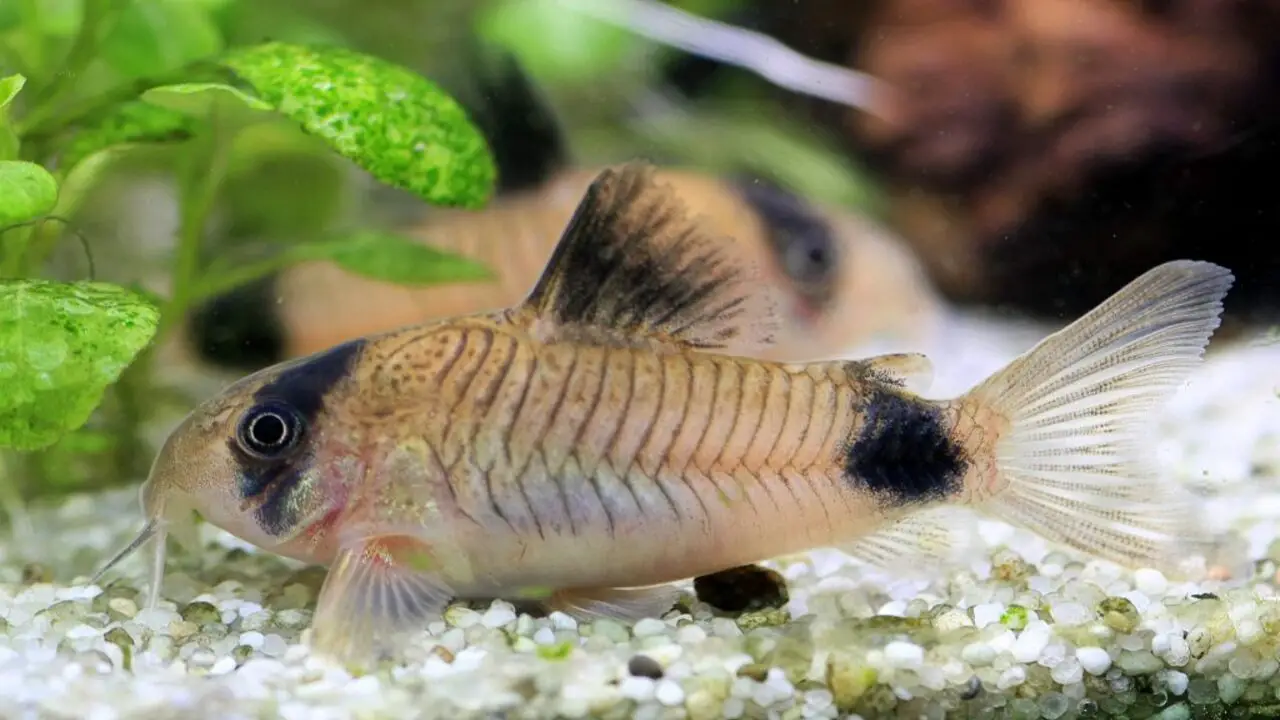
Water temperature can significantly impact the health and well-being of panda cory, also known as panda catfish. When the water temperature is too high or too low, it can cause stress and lead to various health issues for the panda cory.
Maintaining a stable water temperature within this range is important to ensure optimal conditions for these adorable fish. Using a reliable aquarium heater and regularly monitoring the water temperature can help create a comfortable environment for panda cory and promote their overall health and longevity.
What Is The Optimal Water Temperature For Panda Cory?
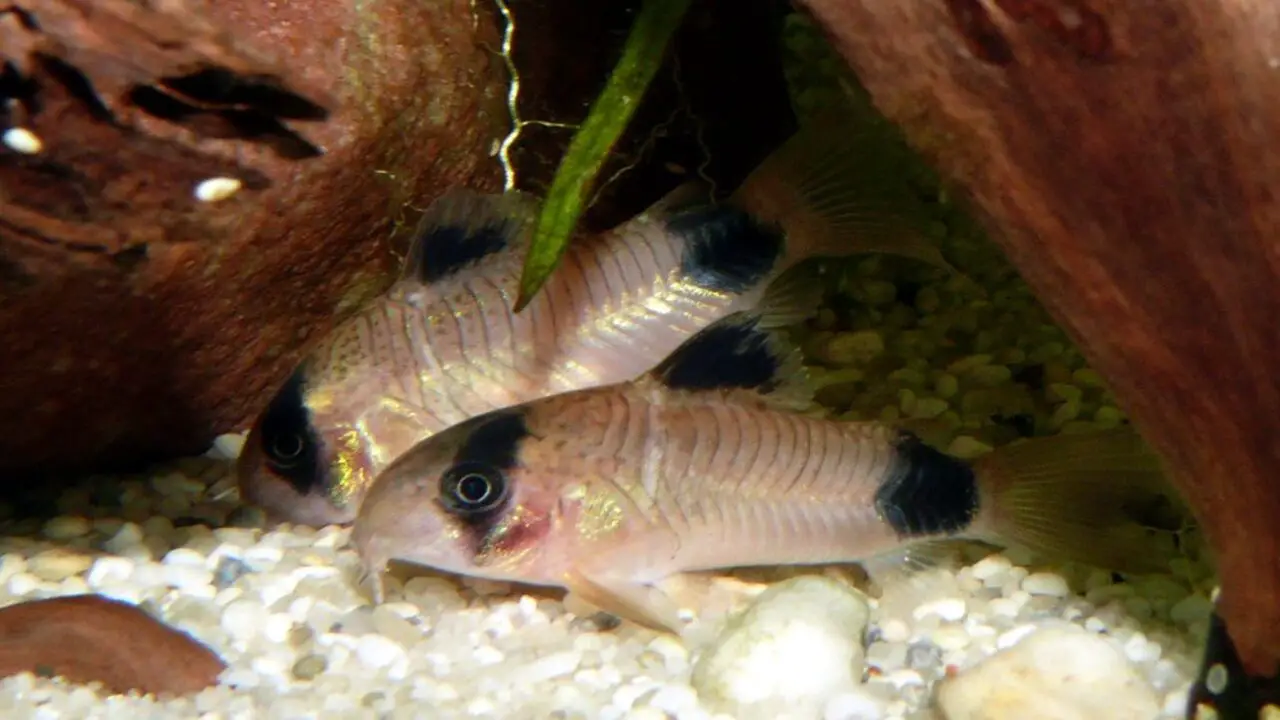
The optimal water temperature for Panda Corys is typically between 72 and 78 degrees Fahrenheit (22 to 26 degrees Celsius). These small, peaceful freshwater fish are native to the rivers and streams of South America, where they thrive in slightly cooler water temperatures.
It is important to maintain a stable and consistent temperature within this range to ensure the health and well-being of your Panda Corys. A reliable aquarium thermometer and a heater with adjustable temperature settings can help you achieve and maintain the optimal water temperature for these adorable little fish.
Dietary Requirements Of Panda Cory
Regarding their diet, Panda Corys are omnivorous and require a well-balanced mix of plant and animal matter. Feeding them various foods such as algae wafers, shrimp pellets, and live or frozen foods is essential for their optimal health. However, overfeeding should be avoided as it can lead to poor water quality and health issues for the fish.
What Do Panda Corys Eat?
Panda Corys are known for their omnivorous diet and can enjoy a variety of foods. To keep them healthy, feeding them a combination of high-quality fish pellets, frozen or live foods such as brine shrimp or bloodworms, and vegetable matter is recommended. Overfeeding should be avoided, so small amounts of food should be provided at a time.
Sinking pellets are also an excellent option for easy access to food. Maintaining a balanced diet is essential to ensure the proper growth and development of these adorable creatures. In addition, providing a varied diet can help prevent boredom and promote natural behaviors in the panda corys.
Balancing The Diet For Optimal Health
To ensure optimal health for your Panda Cory, providing a balanced diet that includes protein, fiber, vitamins, and minerals is important. Offer a variety of foods such as algae wafers, shrimp pellets, and blanched vegetables to meet their nutritional needs.
It’s crucial to avoid overfeeding and monitor their feeding habits to maintain a healthy weight and prevent waste. To enhance their nutrition, supplement their diet with live or frozen food like bloodworms or brine shrimp. Consult with aquarium experts or veterinarians for specific dietary recommendations tailored to your fish’s needs.
Identifying And Addressing Health Risks
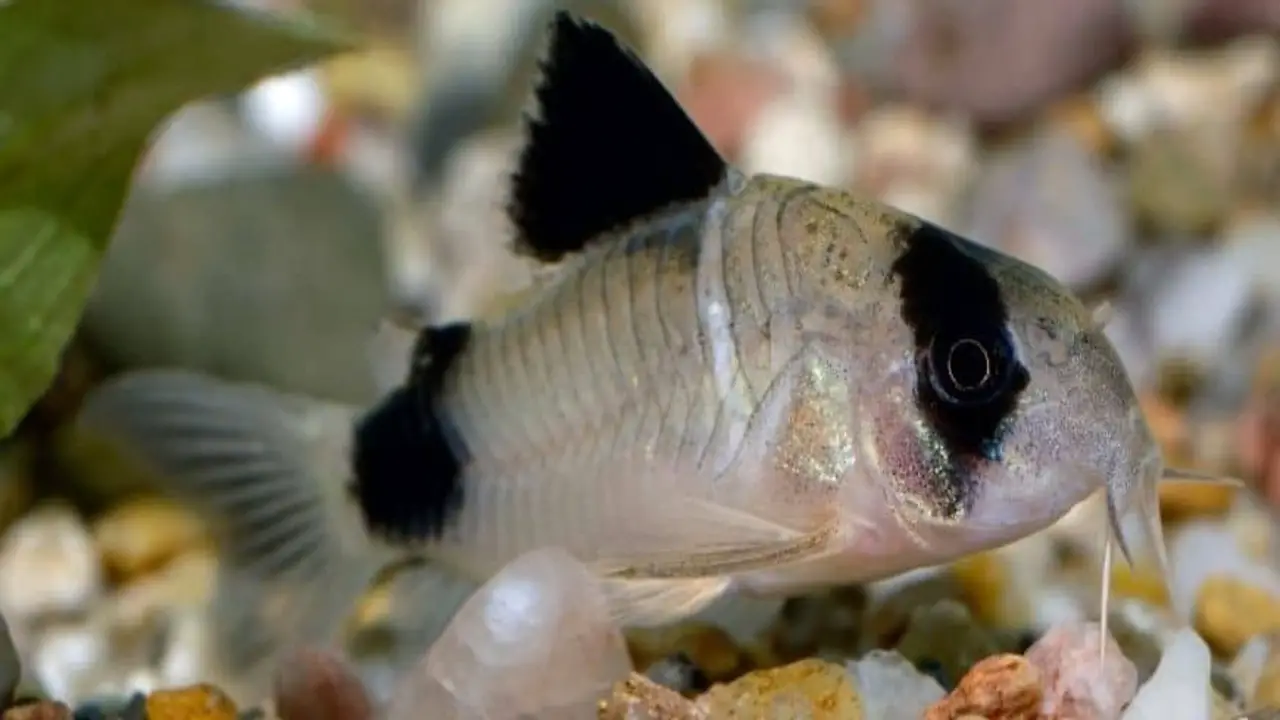
Maintaining the ideal temperature range is crucial for the health and well-being of panda cory fish. It is essential to ensure stable water temperature in the aquarium, as any fluctuations can stress the fish and compromise their immune system. Observe their behavior, appetite, and physical appearance to identify signs of stress or illness in panda cories.
Common health risks for panda cory fish include bacterial infections, fungal diseases, and parasitic infestations. Prompt diagnosis and appropriate treatment are necessary to address these health risks. Creating a healthy and comfortable environment involves maintaining proper water quality, providing adequate hiding spaces, and regularly monitoring the fish’s condition.
Common Diseases In Panda Cory Fish
Panda Cory fish are vulnerable to several common diseases, such as fin rot and ich. These diseases present symptoms like white spots on the body and fins, loss of appetite, and lethargy. To address these health issues, isolating infected fish, administering appropriate medication, and maintaining optimal water quality is important.
Prevention can be achieved by keeping the tank clean, providing a balanced diet, and avoiding overcrowding. Regular observation and early detection play a crucial role in preventing the spread of disease and ensuring the overall well-being of your fish.
Preventive Measures And Treatment
Maintaining the optimal water temperature for Panda Cory fish is essential to ensure their health and well-being. Sudden fluctuations in temperature can cause stress, which weakens their immune system. To prevent such issues, it is important to regularly monitor the water temperature in the aquarium and make adjustments as needed.
If your fish displays signs of illness, such as lethargy or loss of appetite, it is crucial to seek veterinary assistance immediately. Treatment options may include medication, water changes, and temperature adjustments to promote healing. By taking preventive measures and providing timely treatment, you can ensure the overall health of your Panda Cory fish.
Breeding Panda Cory In Aquarium

Breeding Panda Cory in an aquarium can be a rewarding experience for fish enthusiasts. These small and peaceful fish are known for their distinctive black-and-white coloring, resembling a panda bear. To successfully breed Panda Cory, providing them with the right conditions in the aquarium is important.
This includes maintaining a well-balanced diet, providing plenty of hiding places for the fry (baby fish), and ensuring clean water with proper filtration. It is also important to have a male and female pair for breeding. With the right care and attention, you may witness the joy of seeing new generations of Panda Cory swimming happily in your aquarium.
Conclusion
Maintaining the appropriate water temperature is crucial for the health and well-being of Panda Cory fish. These adorable creatures thrive in specific temperature ranges that mimic their natural habitat. You can ensure their optimal health by providing them with the ideal tank setup, including suitable tank size, proper water parameters, and a balanced diet.
It’s also important to be aware of common diseases that may affect Panda Cory fish and take preventive measures to address them. If you’re interested in breeding Panda Cory fish, understanding their breeding habits and providing the necessary conditions can lead to successful reproduction. By prioritizing the well-being of your fish and creating a comfortable environment, you can enjoy the beauty and charm of these fascinating creatures.
Frequently Asked Questions
Does Panda Cory Need A Heater?
While they can survive at room temperature, a heater is recommended to regulate the water temperature. This is particularly important in colder climates or during winter months. Regularly monitoring the water temperature with a thermometer is also necessary.
What Temperature Can Cory Catfish Tolerate?
Cory catfish can tolerate temperatures ranging from 72-78°F (22-26°C). It’s essential to avoid sudden temperature changes as they can be harmful. Maintaining a consistent temperature within this range is crucial for the health and well-being of cory catfish. Use a reliable thermometer to ensure the temperature stays within the recommended limits.
Are Panda Corydoras Hardy?
Panda corydoras are generally considered hardy fish that can adapt to various water conditions and temperatures. However, proper care and maintenance are still necessary for their overall health. Providing a varied diet and maintaining a clean environment are essential for their longevity.
What Do Panda Cory Catfish Eat?
Panda Cory catfish have an omnivorous diet, consuming a variety of foods. They prefer small live or frozen options like bloodworms, brine shrimp, and daphnia. Sinking pellets or flakes designed for bottom feeders are also suitable. However, it’s crucial to avoid overfeeding and clean up uneaten food to maintain water quality.
What Is The Ideal Temperature Range For Panda Corydoras?
The ideal temperature range for panda corydoras is between 72-78°F (22-26°C). Maintaining a stable temperature is crucial to their well-being, as sudden changes can harm the fish. Regularly monitor the water temperature with a reliable thermometer and immediately act if it falls below or exceeds the recommended range.

Aquarium passion is all about connecting with the aquatic life and providing education to the public on the importance of these creatures. We showcase a wide variety of marine life through our exhibits as well as working with schools to provide unique learning opportunities for students of all ages.



